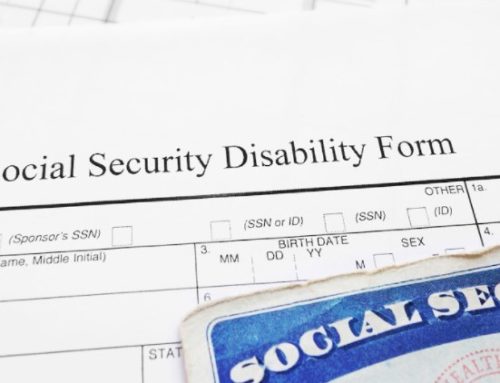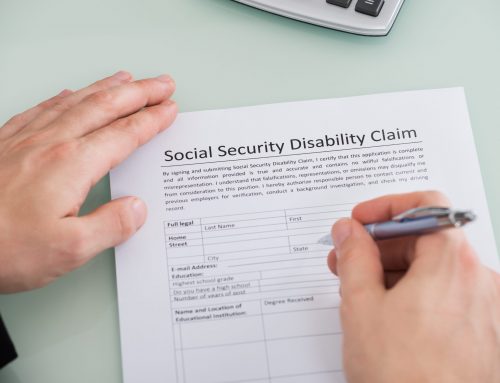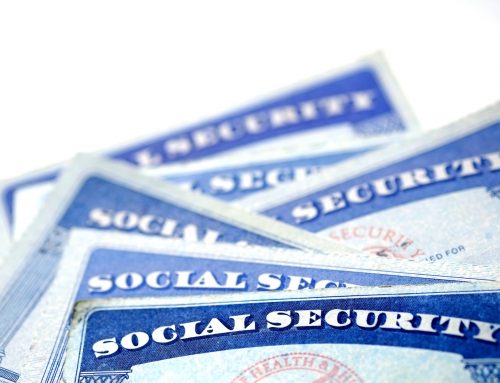If your injury or illness impacts your ability to work, Social Security disability benefits can provide valuable support for you and your family. But in order to be eligible, you must first prove that you are disabled. But what qualifies as a disability, and what evidence do you need to give the SSA?
What Is the SSA Blue Book?
The Blue Book outlines all of the conditions that qualify for disability benefits. You can find the listings under the SSA’s Medical Listings (A) and Childhood Listings (B).
Listings are broken down into categories with corresponding numbers for each type of condition. Then, within these numbered categories, you will find the specific conditions broken down into subcategories. These subcategories also provide a description that defines the condition, as well as eligibility requirements.
What Conditions Are in the Listings?
Below are some examples of disabling conditions according to the SSA:
- Musculoskeletal System
- Respiratory Disorders
- Special Senses and Speech
- Cardiovascular System
- Genitourinary Disorders
- Digestive System
- Hematological Disorders
- Endocrine Disorders
- Skin Disorders
- Neurological Disorders
- Congenital Disorders that Affect Multiple Body Systems
- Mental Disorders
- Immune System Disorders
- Cancer
Within these categories, you will find the degree of severity at which you are automatically approved for benefits. If your specific condition is listed in one of the above categories and fits the degree of severity, you will more than likely receive your disability benefits.
Can I Still Receive Benefits If My Condition Is Not in the Listings?
Yes, even if your condition is not in the listings, you may still be able to qualify for disability benefits.
One way is by showing that your condition matches the criteria of another listed condition. This is called “equaling a disability listing.” If you can prove that your specific condition is medically equal to another Blue Book condition, the SSA may still approve your claim.
What If My Condition Does Not Equal Another Listing?
What if your condition does not medically equal another listing? Are you out of luck?
Not necessarily. You can still receive your benefits if you are able to prove that your condition affects your ability to work. For instance, while migraine headaches are not listed in the Blue Book, if you have proper documentation that shows your migraines negatively affect your ability to work, you may still be eligible for disability benefits.
In other words, you are still eligible for benefits if your impairment impacts your ability to engage in substantial gainful activity. If you cannot make a significant amount of money due to your condition and you have enough evidence to show this, the SSA may approve you for benefits.
To Learn More About What Qualifies as a Disability
Qualifying for disability benefits is often an uphill battle, especially if you don’t have knowledge the disability claims system. An experienced Springfield Social Security disability attorney can help. If you’re unsure whether your condition meets the SSA’s requirements, or if you need help filing a claim, contact us today.





